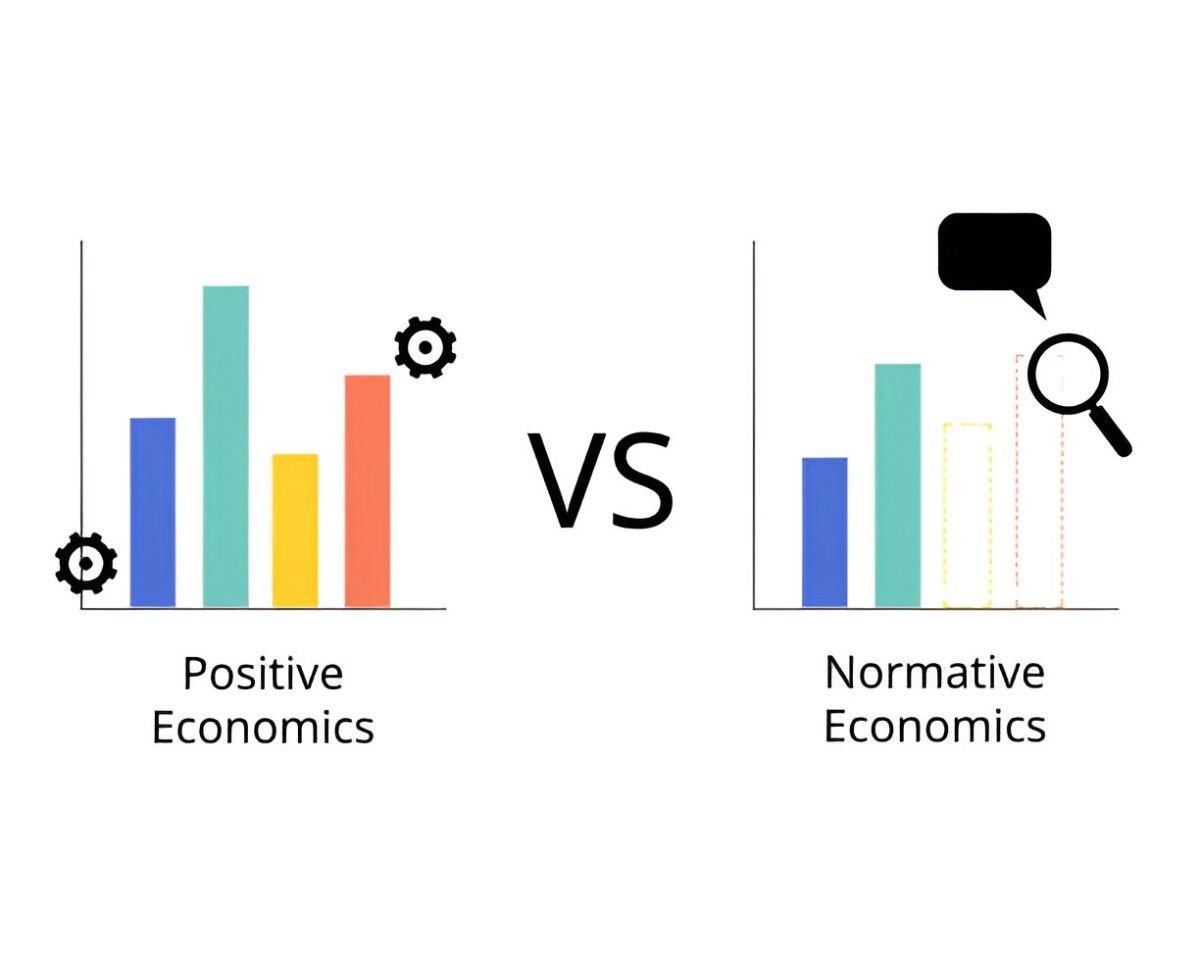Introduction
Understanding financial theory requires distinguishing between two primary perspectives: positive and normative financial theory. Positive financial theory explains financial phenomena based on empirical evidence and observations, while normative financial theory prescribes how financial decisions should be made based on value judgments and ideal conditions. The distinction between these theories is essential for academics, financial analysts, and policymakers as they navigate the complexities of financial markets, risk management, and economic policymaking.
Table of Contents
Positive Financial Theory
Definition and Principles
Positive financial theory seeks to explain and predict financial behaviors and market phenomena using empirical data and mathematical models. It does not make value judgments about whether financial decisions are “good” or “bad” but instead focuses on how financial agents behave in reality.
Key Principles
- Market Efficiency – The Efficient Market Hypothesis (EMH) states that financial markets incorporate all available information into asset prices.
- Risk and Return Tradeoff – Investors require higher returns for higher risks, as modeled by the Capital Asset Pricing Model (CAPM).
- Arbitrage Pricing Theory (APT) – Multiple factors influence asset prices beyond a single market portfolio.
- Agency Theory – Explains conflicts of interest between shareholders and management.
Mathematical Representation
The CAPM equation, a cornerstone of positive financial theory, is given as:
E(R_i) = R_f + \beta_i (E(R_m) - R_f)where:
- E(R_i) = Expected return on asset i
- R_f = Risk-free rate
- \beta_i = Beta of asset i, measuring systematic risk
- E(R_m) = Expected return of the market portfolio
Example Calculation
Suppose an asset has a beta of 1.2, the risk-free rate is 3%, and the expected market return is 10%. The expected return on the asset is:
E(R_i) = 3 + 1.2(10 - 3) = 11.4%This calculation demonstrates how investors price risk in financial markets.
Normative Financial Theory
Definition and Principles
Normative financial theory prescribes how financial decisions should be made based on ideal scenarios and rational decision-making models. It often assumes that investors are rational and have access to complete information.
Key Principles
- Utility Maximization – Investors should make decisions that maximize their expected utility.
- Portfolio Optimization – The Modern Portfolio Theory (MPT) suggests diversification to achieve an optimal risk-return tradeoff.
- Time Value of Money (TVM) – Future cash flows should be discounted to present value to make informed financial decisions.
- Capital Budgeting – Businesses should use Net Present Value (NPV) to evaluate investment projects.
Mathematical Representation
The NPV formula, a normative financial model, is:
NPV = \sum_{t=0}^{n} \frac{C_t}{(1 + r)^t}where:
- C_t = Cash flow at time t
- r = Discount rate
- n = Number of periods
Example Calculation
Suppose a company is evaluating a project with the following cash flows:
| Year | Cash Flow ($) |
|---|---|
| 0 | -100,000 |
| 1 | 30,000 |
| 2 | 40,000 |
| 3 | 50,000 |
If the discount rate is 8%, the NPV is:
NPV = \frac{-100,000}{(1.08)^0} + \frac{30,000}{(1.08)^1} + \frac{40,000}{(1.08)^2} + \frac{50,000}{(1.08)^3}Computing the values:
NPV = -100,000 + 27,778 + 34,293 + 39,703 = 1,774Since the NPV is positive, the project is financially viable.
Comparison of Positive and Normative Financial Theories
| Aspect | Positive Financial Theory | Normative Financial Theory |
|---|---|---|
| Focus | Descriptive (what is) | Prescriptive (what should be) |
| Basis | Empirical data and observations | Value judgments and ideal models |
| Example Model | CAPM, EMH, APT | NPV, MPT, Utility Theory |
| Assumptions | Rational investors, market efficiency | Rational decision-making, complete information |
| Purpose | Explains financial behaviors | Guides financial decisions |
Application in Real-World Finance
Positive and normative theories are both essential in financial decision-making. Financial analysts use positive theories to understand market trends and investor behavior, while financial advisors and corporate managers use normative theories to recommend investment strategies.
Case Study: Stock Market Investment
A stock investor may use the CAPM (positive theory) to estimate the expected return of a stock and then apply MPT (normative theory) to construct an optimal portfolio. Both approaches complement each other in practical finance.
Case Study: Corporate Financial Management
A CFO analyzing a capital investment decision might first use positive financial theory to assess past investment behaviors and market trends. Then, they would apply normative financial models, such as NPV and Internal Rate of Return (IRR), to determine the best course of action.
Conclusion
Both positive and normative financial theories play crucial roles in understanding and applying financial principles. Positive financial theory describes and explains real-world financial behavior, while normative financial theory provides frameworks for making optimal financial decisions. In practice, financial professionals use a combination of both to navigate investment strategies, corporate finance, and economic policy.





